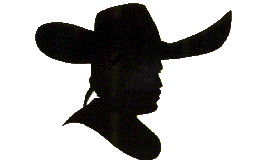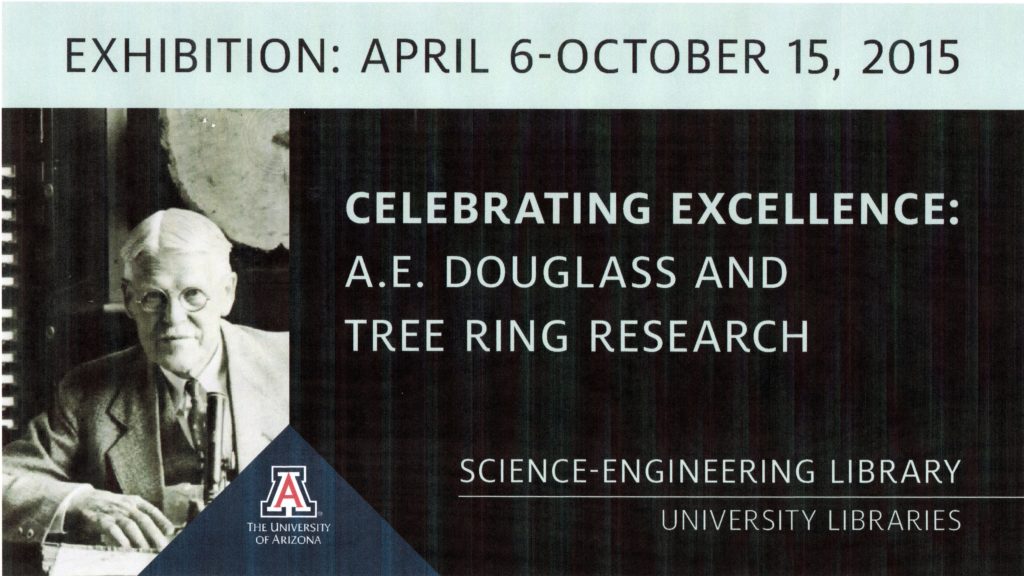
This exhibit in the Science-Engineering Library will offer a broad overview of the career of A.E. Douglass and basic information about the Laboratory for Tree Ring Research.
A.E. Douglass was an astronomy professor at the University of Arizona who headed the Stewart Observatory and established the science of dendrochronology, or the study of tree rings, which can be used to determine how old various archeological sites are. He also founded The Laboratory for Tree Ring Research in 1937. The exhibit will feature materials from the A.E. Douglass papers (Special Collections AZ 72), including photos, documents and artifacts from Douglass’s early youth through his later years. It will also feature material on loan form the Laboratory for Tree Ring Research, including a wooden beam from an archaeological site known as Chetro Ketl that is nearly 1,000 years old.
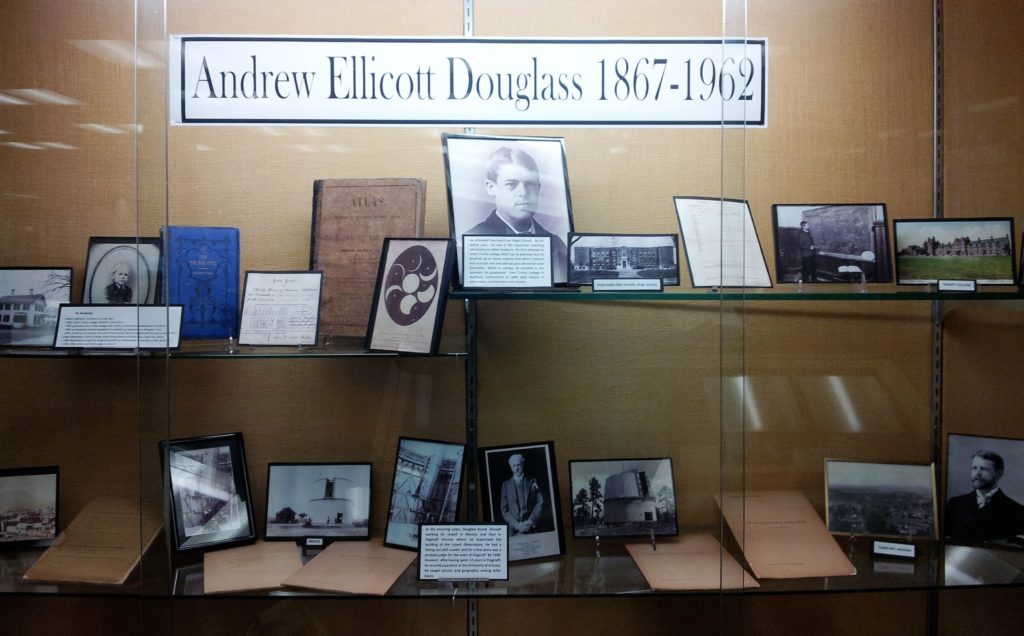
A.E. Douglass was born in Windsor, Vermont on July 5, 1867, the fifth child of the Reverend Malcolm Douglass and Sarah Hale Douglass. He grew up in Andover, Massachusetts and attended Punchard Free (High) School. His love for astronomy started at an early age. By his senior year, he was teaching the subject to other students. While in college, he excelled in the sciences. He graduated from Trinity College in Hartford, Connecticut in 1889 with honors in astronomy, mathematics and physics.
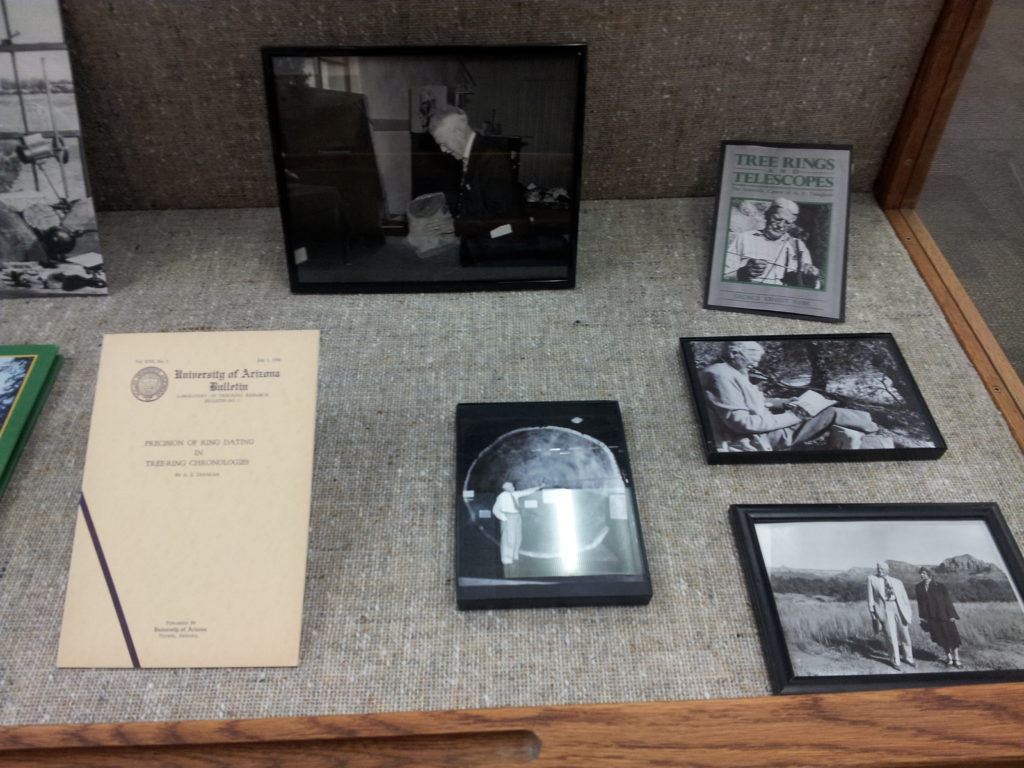
After graduation, Douglass found work as a research assistant with William H. Pickering at the Harvard College Astronomy. He spent a year there before he was sent to South America to help build an observatory in Arequipa, Peru. He traveled to various other locales in South America and soon met Purcivell Lowell, an amateur astronomer with whom he began to work and who like Douglass, had a strong interest in the study of the planet Mars.
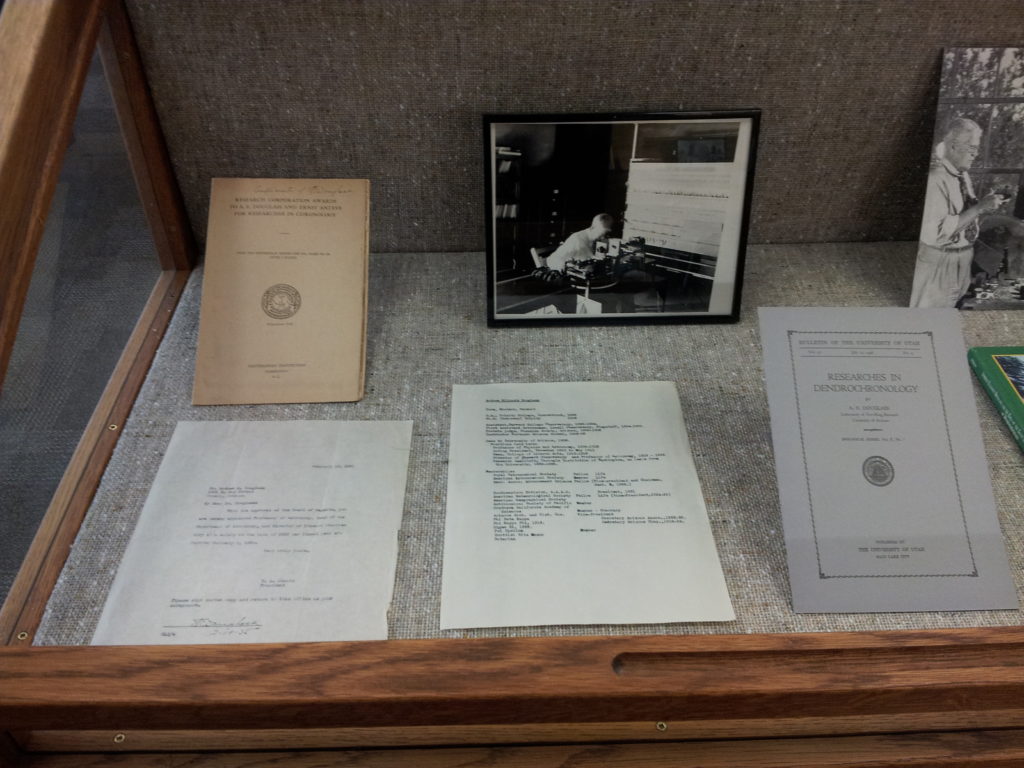
In the ensuring years, Douglass found himself working for Lowell in Mexico, and then in Flagstaff Arizona where he supervised the building of the Lowell Observatory. He had a falling out with Lowell, and for a few years was a probate judge for the town of Flagstaff. By 1906, however, after having spent 12 years in Flagstaff, he secured a position at the University of Arizona. He taught physics and geography, among other topics.
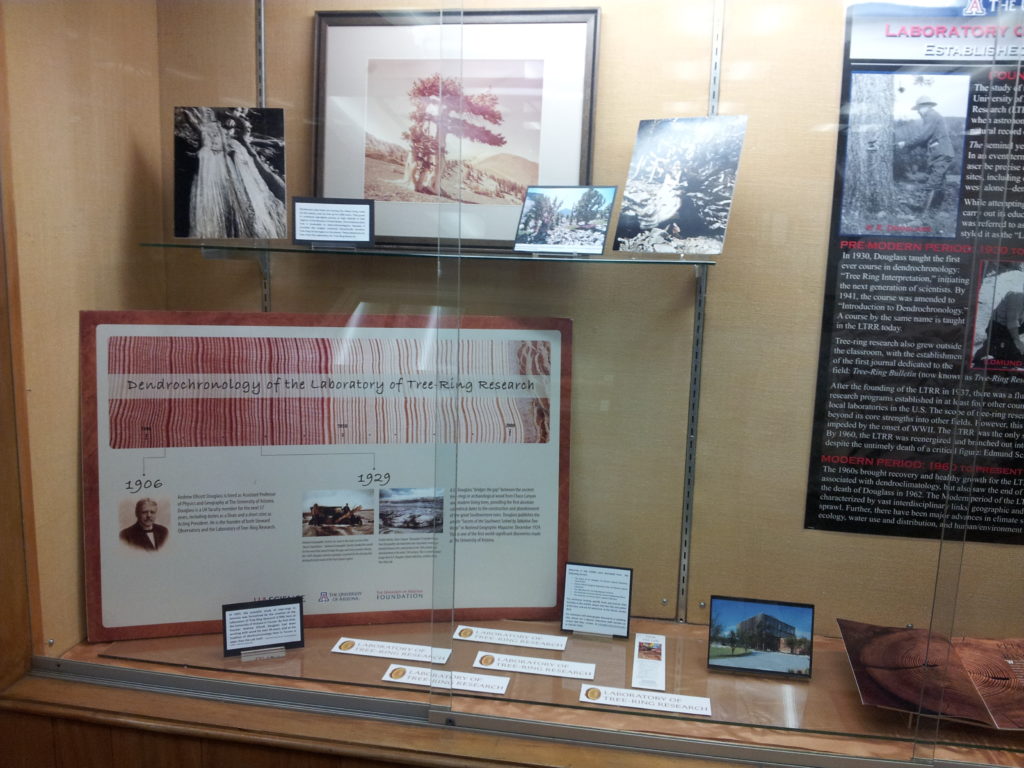
Douglass entered the University of Arizona as Assistant Professor of Physics and Geography. Upon his arrival he, with the help of his Harvard friends the Pickerings, made sure that the University of Arizona had a telescope. It was a borrowed, 8 inch, refracting telescope, but it was better than what was there before. The telescope stayed at the University of Arizona for many years atop the original Science Building just north of Old Main, but was eventually returned to Harvard.
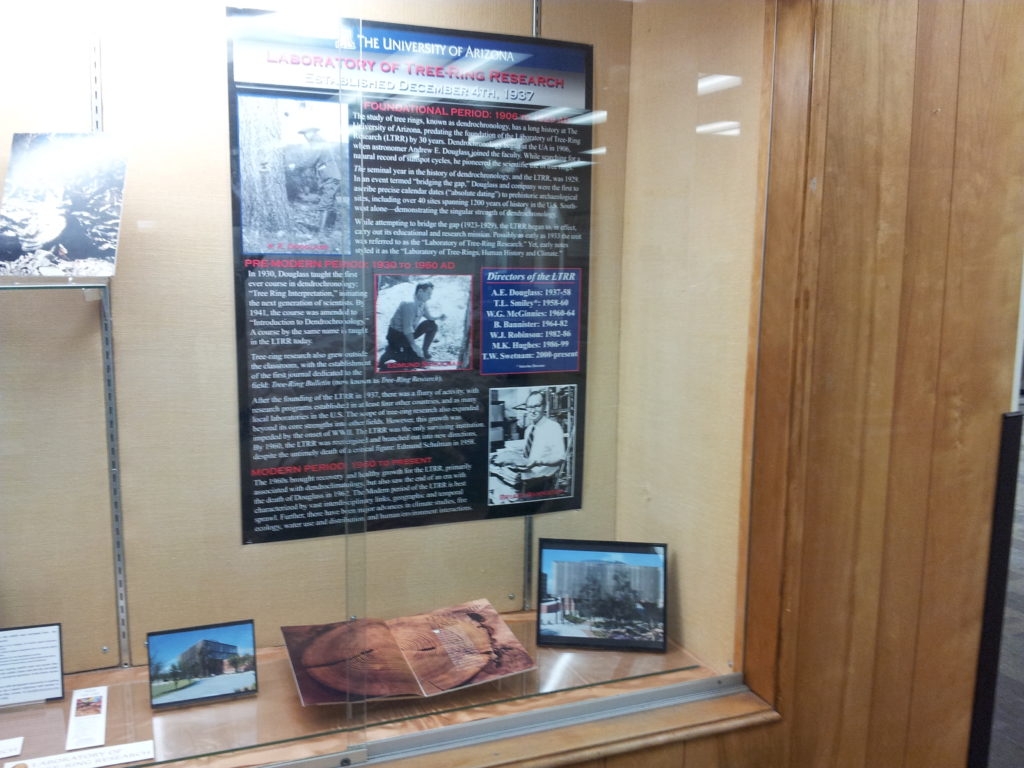
It didn’t take Douglass long to start lobbying the powers that be for an observatory. He argued that the Tucson skies were perfect for star gazing. His wish was finally granted when in 1916, Mrs. Lavinia Steward, a wealthy donor, gave the University $60,000 for a new observatory. It took nearly 6 years to complete, but Douglass happily witnessed a dream come true. The Steward Observatory was officially dedicated on April 23, 1923.
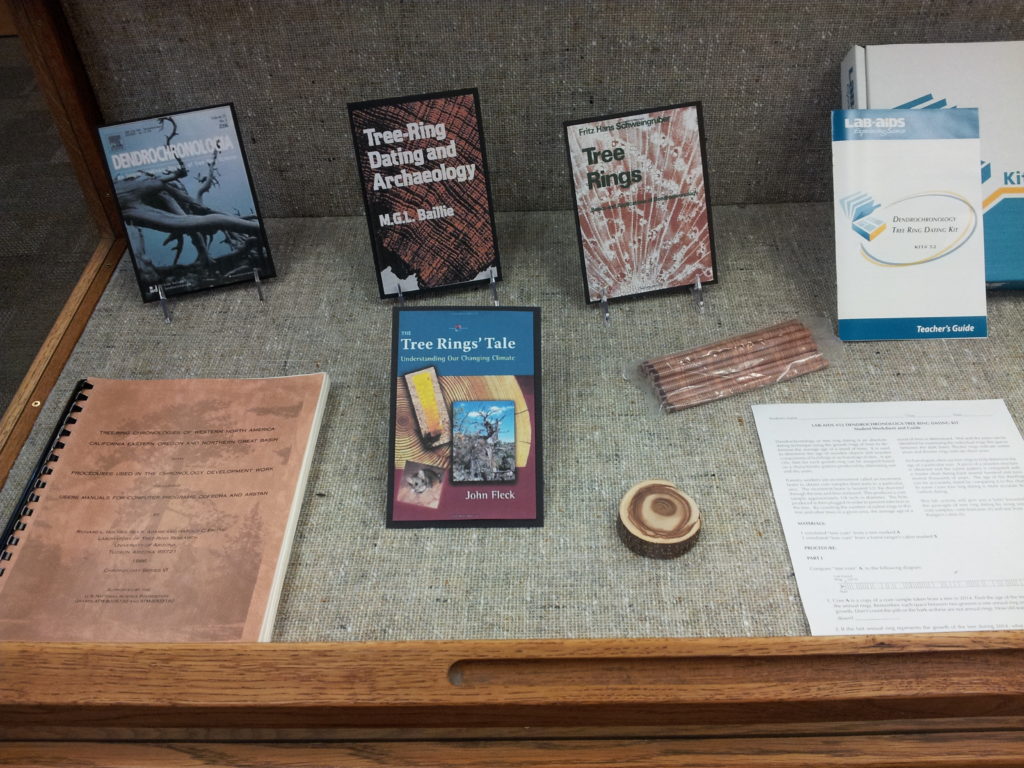
Douglass served the UA in other capacities over the years. He was head of the Dept. of Physics and Astronomy, Interim President, and Dean of the College of Letters, Arts and Sciences.
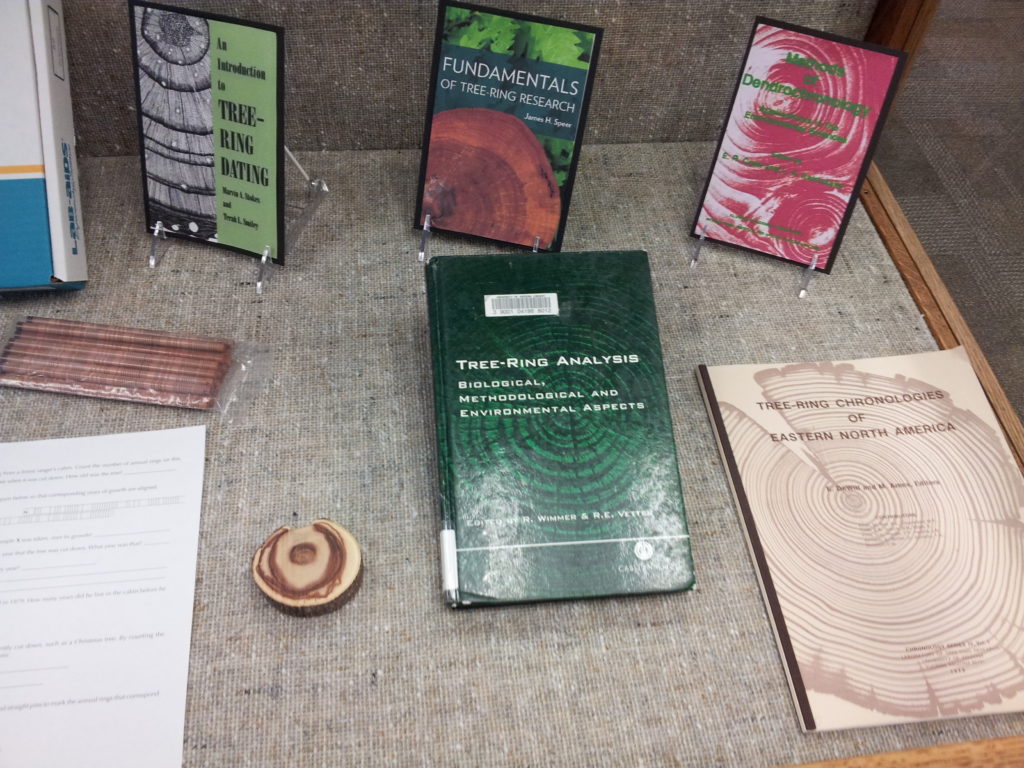
Materials in this exhibit were borrowed from the following sources:
- The Papers of A.E. Douglass, UA Libraries, Special Collections, Call # AZ 072
- Andrew Ellicott Douglass biographical file, UA Libraries, Special Collections
- The Laboratory for Tree Ring Research Archives
- The University of Arizona Libraries Science Engineering Library
- The University of Arizona Library, Special Collections
